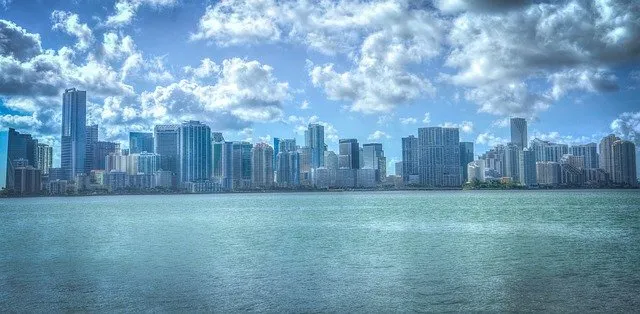
Hey, Steemers! This is the first part in a short series that my husband @expatlove wrote on his move from South Florida to the Philippines.
The Cuban 305
If you’ve ever been to Miami, FL or one of its suburbs, chances are that you’ve seen a Cuban café. Maybe you’ve eaten in one, and maybe you’ve taken a shot of Cuban coffee or, as some Miamians like to call it, “liquid crack.” There’s no shortage of Cuban cafés in Miami, and there’s no shortage of Cubans, either. They abound, so much so that in certain areas, Cuban-style Spanish is the standard form of communication.
As diverse as South Florida is, the Cuban cafés of Miami lie in a cultural melting pot of sorts. In a Miami-raised, Cuban-American mind, however, they stand out pre-eminently among the other cafés and restaurants in the city, as if it was their home. In a very real sense – and I know that I'll be challenged on this (bring it on) – I'm prepared to say that Miami is very much a "Cuban" city. And it is, as the Cuban-American-owned cigar shops, restaurants and businesses will attest to, together with all of the rich (and not so rich) cultural peculiarities that accompany such a large community of first, second, and third generation immigrants.
Sitting in pristine waters that sometimes draw to it the meanest of hurricanes, Cuba finds its home about 90 miles off the coast of Florida. My mami (mom) was born in Baracoa, near the eastern tip of Cuba, and my dad, born as I was in the U.S., is originally from Illinois. His parents migrated to the U.S. from Cuba and mainly spoke Spanish with a bit of broken English. My mom’s parents exclusively spoke Spanish. It’s what I first learned as a child, but due to my schooling and the speech dynamic of my primary home (i.e., that of my parents), English became my default language early on.
Miami-Dade County or, the 305, as it's called, has been home to me for most of my life. Until now, the few times that I’ve left it and moved elsewhere, I’ve wanted to return. This time, it’s different. I've found a home far, far away from the shores of Florida, and I plan on returning to my Cuban-influenced place of origin only as a visitor. To my linguistic repertoire of American English, Cuban-style Spanish, and Spanglish (a mixture of English and Spanish), I am now adding Tagalog and Taglish (a mixture of Tagalog and English).